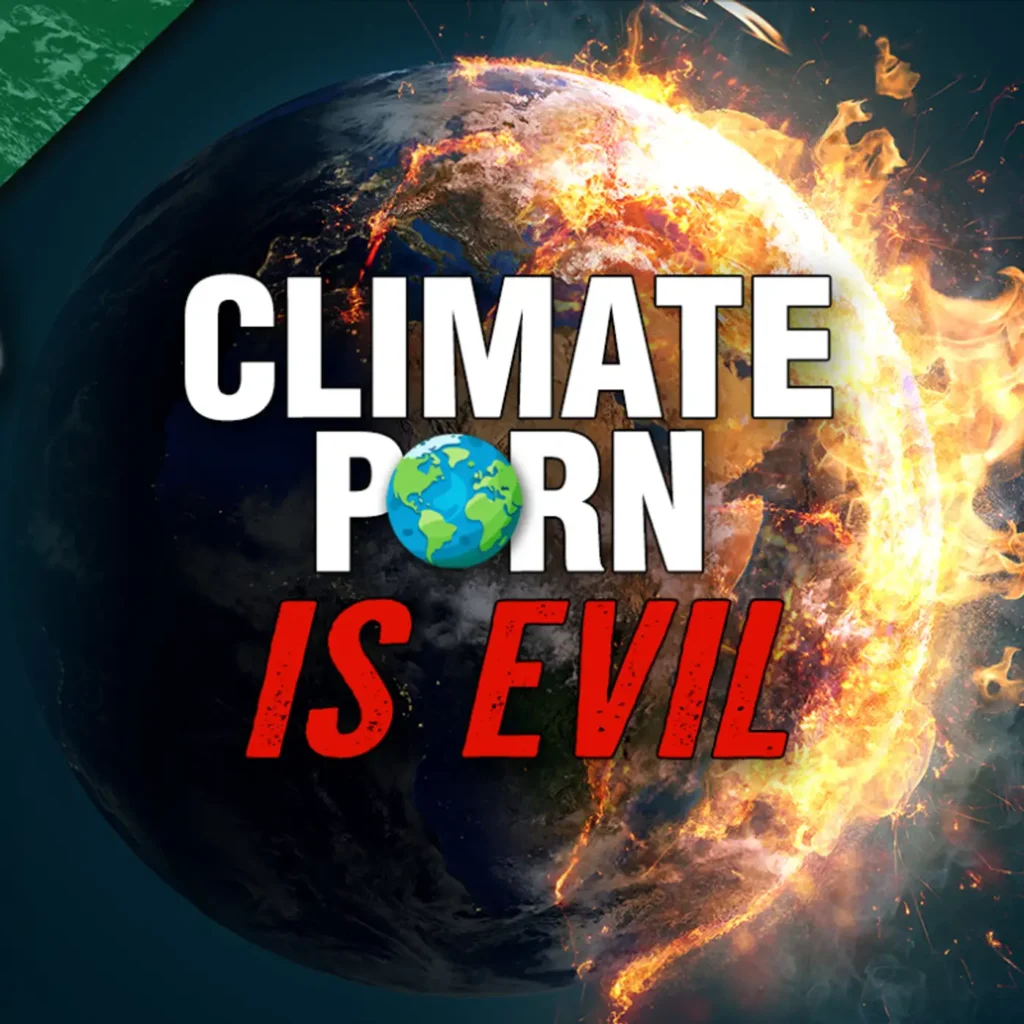The federal production tax credit (PTC) for wind energy producers has cost the U.S. government billions of dollars in revenues, distorted energy markets, and benefited just a few large corporations, a new study reports.
The federal government imposed the PTC in 1992 in an effort to promote renewable energy. The PTC, currently 1.9 cents per kilowatt hour for the first 10 years of a wind farm’s operations, has been extended several times by Congress. It is scheduled to begin phasing out at the end of 2019. The PTC and tax depreciation allowances cover more than 50 percent of the capital costs of a typical wind facility.
Billions for a Few
Between 2007 and 2016, just 15 parent companies accounted for more than three-fourths of all PTC eligibility, raking in more than $19 billion from the program between 2007 and 2016, the study by the Texas Public Policy Foundation (TPPF) found.
The biggest recipient of PTC largesse is NextEra Energy, the nation’s largest wind power producer, with approximately 10,000 wind turbines and annual revenues of $17.5 billion, reports the study by TPPF Senior Fellow Angela Erickson. More than $5.7 billion in taxpayer dollars flowed to NextEra Energy courtesy of the PTC between 2007 and 2016, making NextEra “one of the most subsidized Fortune 500 companies,” writes Erickson.
‘Web of Government Incentives’
The $14 billion wind industry in the United States benefits from numerous types of government support and incentives, the study shows.
“[T]he industry operates within a web of government incentives—from subsidies, to loan guarantees, to various other federal, state, and local government incentives,” Erickson writes. In 2017 alone, the nation’s taxpayers had to make up $4.2 billion in foregone revenues solely due to the PTC, the study notes.
Over the decades, the PTC has caused market distortions, including instances of “negative pricing,” where producers operate wind turbines when the electricity they provide is not needed, simply to receive PTC revenue.
“The PTC’s $24 per megawatt-hour credit sometimes results in wind energy producers paying electricity suppliers to take their energy rather than turning off wind turbines during surplus energy hours (e.g., early mornings when people are sleeping),” the study states. “By keeping wind turbines running, producers will receive the tax credit even though the grid does not need the energy. The resulting low prices may harm the reliability of the grid by reducing the incentives for investing in energies that can supply baseline generation.”
Racing to Start
With the PTC set to be phased out by the end of 2019, companies are in an aggressive race to erect as many wind turbines as possible across the nation. Corporations that start construction of wind facilities before December 31, 2019 will continue to receive PTC tax credit payments until December 2029.
As a result, “the federal government will transfer at least an additional $48 billion in PTC subsidies to owners or financiers of commercial wind farms,” through 2029, Erickson reports.
Erickson says the PTC is destructive and should be ended.
“The government should not be in the business of picking winners and losers by giving some companies an advantage over other companies and taxpayers,” Erickson writes.
‘Biggest Hoax Ever Perpetrated’
Renewable energy mandates and subsidies are based on the false notion we must fight dangerous human-caused climate change, says Jay Lehr, Ph.D., science director at The Heartland Institute, which publishes Environment & Climate News.
“While the threat of man-caused global warming is the biggest hoax ever perpetrated on society, its most immediate damage has been the growth of an unsustainable wind and solar industry that raises energy costs for the poorest Americans,” Lehr said. “Far from being replaced by wind turbines, fossil-fuel plants will always have to be on the ready as backup to supply life-sustaining electricity when the wind doesn’t blow within acceptable limits and the sun doesn’t shine.”
Cutter Gonzales, a policy analyst with TPPF, says the wind subsidies do a great deal of harm.
“Subsidies for renewable energy have distorted markets and created a plethora of other problems for Texans,” said Gonzalez. “From statewide issues like reliability of our electric supply to secret negotiations that disrupt faith in our institutions, renewable energy subsidies are a bad deal.”
Bonner R. Cohen, Ph.D. ([email protected]) is a senior fellow at the National Center for Public Policy Research and a senior policy analyst with the Committee for a Constructive Tomorrow.
INTERNET INFO
Angela C. Erickson, “The Production Tax Credit: Corporate Subsidies & Renewable Energy,” Texas Public Policy Foundation, November 2018: https://heartland.org/wp-content/uploads/documents/TPPF-Erickson-renewable-subsidies.pdf





